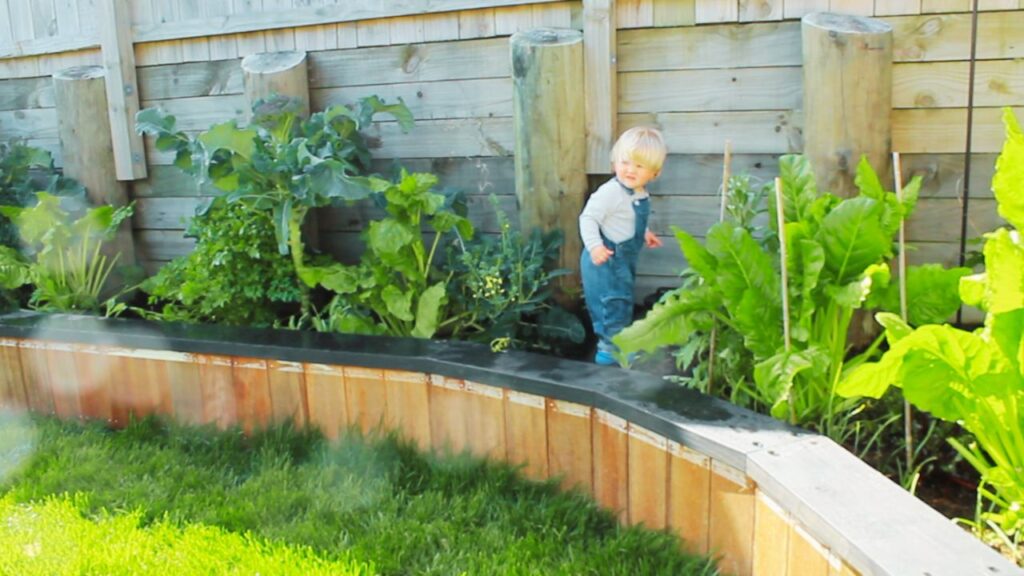
Gardening for many people has always been about more than just growing food. For families, it can be a grounding rhythm, a way to connect with nature, and a simple invitation to slow down. If you’ve been wondering how to start gardening with your toddler, this post will walk you through gentle, practical steps inspired by Waldorf philosophy. You don’t need a big backyard or years of gardening experience – just a willingness to share simple moments of discovery with your child.
Why Gardening with Toddlers Matters
Toddlers are naturally curious. They love digging, pouring, carrying, and watching things grow. By bringing them into the garden, you’re giving them more than just a chance to play outdoors. Gardening builds fine motor skills, encourages patience, and offers countless sensory experiences – the cool soil, the sound of water, the smell of herbs, and the taste of freshly picked vegetables.
Waldorf philosophy emphasizes rhythm, connection to nature, and learning through imitation. When toddlers see us caring for the earth, planting seeds, or harvesting food, they absorb those gestures deeply. These small moments shape their understanding of care, growth, and nourishment.
And perhaps just as importantly, gardening with toddlers creates calm days. The gentle pace of watering plants, pulling weeds, or harvesting a basket of greens can help regulate energy levels and create a natural flow to your day.
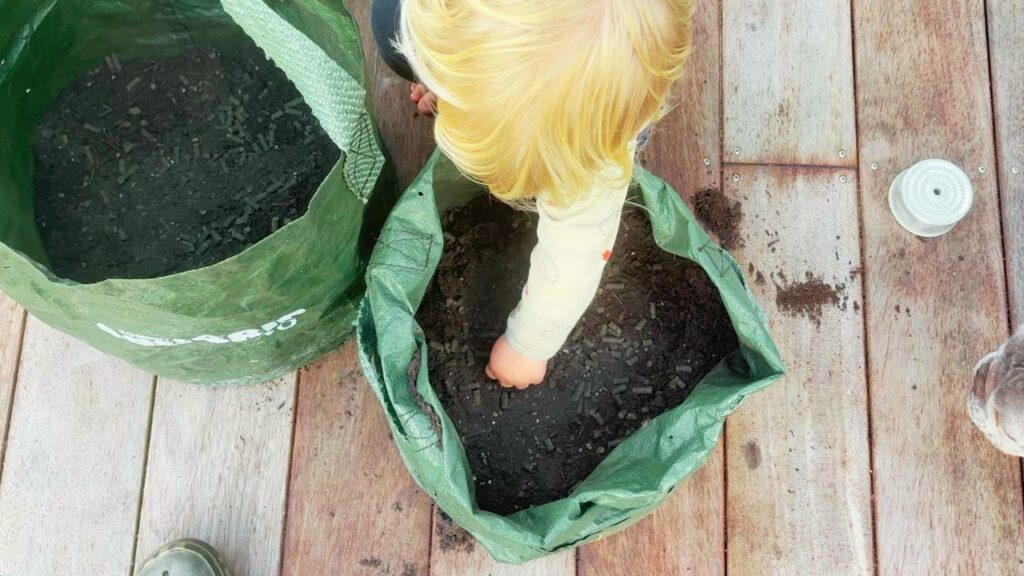
How to Start Gardening with Your Toddler
So, where do you begin? You don’t need a large garden to make this meaningful. Even a pot of herbs on the balcony can provide plenty of joy. Here are some Waldorf-inspired steps to guide you:
1. Create a Simple, Inviting Space
Keep it small and manageable. A few garden beds, a couple of pots, or even a raised planter box at toddler height can be enough. What matters is that your toddler can reach, explore, and feel ownership over their little patch of earth.
2. Choose Toddler-Friendly Plants
When deciding how to start gardening with your toddler, pick plants that grow quickly or offer immediate interest:
- Radishes and lettuce for quick harvests
- Sunflowers for their height and beauty
- Herbs like mint and basil for sensory play
- Broccoli, peas, or cherry tomatoes for easy snacking straight from the garden
These plants create opportunities for your child to see results without too much waiting.
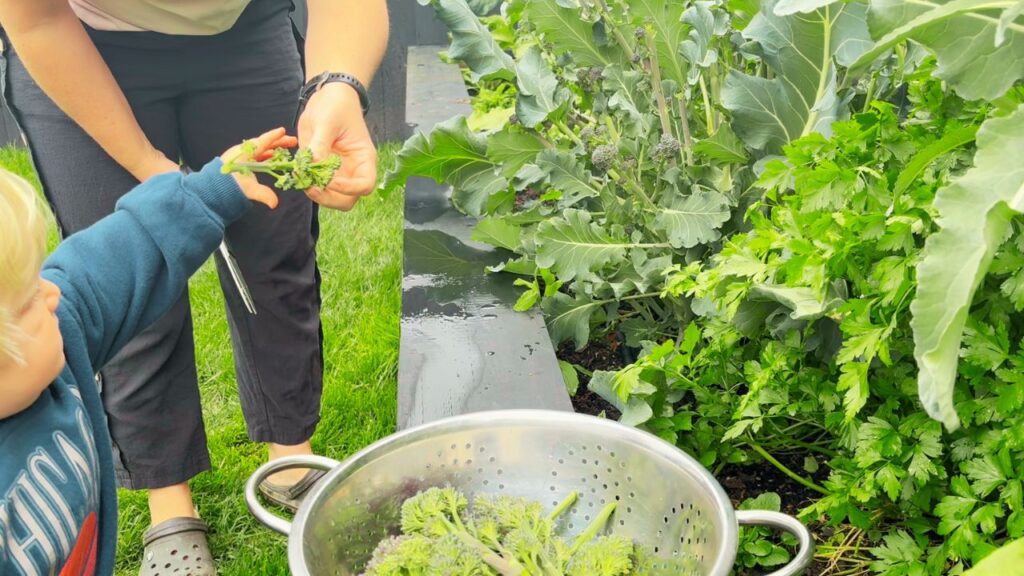
3. Establish a Gentle Rhythm
Toddlers thrive on rhythm. In Waldorf philosophy, daily and weekly rhythms give children a sense of security and predictability. Gardening can become part of that flow. Maybe mornings include watering plants, while late afternoons are for checking the garden together. Even five minutes a day creates consistency.
4. Offer Real Tools (Scaled for Children)
Instead of plastic toys, give your toddler small but real gardening tools. A wooden-handled trowel, a small watering can, or a sturdy basket allows them to imitate your actions meaningfully. In Waldorf practice, tools are treated with care and respect, and toddlers love rising to that responsibility.
5. Embrace Messy Play
Part of learning how to start gardening with your toddler is letting go of control. There will be mud pies, over-watered plants, and perhaps a few trampled seedlings. That’s all part of the process. The goal isn’t perfect rows of vegetables but shared experience and exploration.
6. Include Harvest and Food Preparation
One of the most satisfying rhythms is carrying food from the garden to the kitchen. Let your toddler harvest broccoli florets, pick peas, or gather herbs. Then, involve them in rinsing and preparing the food. This connection, from soil to table, nurtures gratitude and helps picky eaters become more adventurous.
Waldorf Philosophy and Gardening
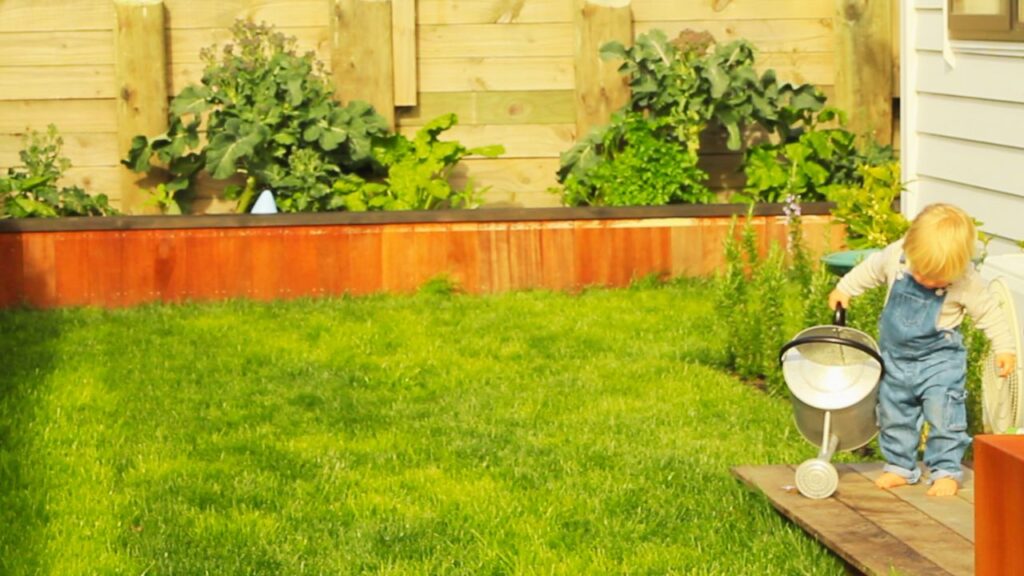
Why highlight Waldorf philosophy when learning how to start gardening with your toddler? Because Waldorf education is rooted in living in harmony with natural rhythms and offering children meaningful, hands-on experiences.
In the garden, toddlers experience:
- Imitation: Watching how you sow, water, and harvest.
- Sensory immersion: Engaging all five senses in natural play.
- Seasonal rhythm: Seeing the cycle of planting, growth, harvest, and rest.
- Responsibility: Caring for plants as living beings.
These experiences foster patience, wonder, and respect for the earth – qualities that grow alongside the vegetables in your garden.
Practical Tips for Calm Gardening Days
It’s one thing to talk about philosophy, but what about the day-to-day? Here are some practical ways to keep gardening with toddlers calm and enjoyable:
- Keep sessions short: Toddlers may only manage 10–15 minutes of focused gardening. That’s okay.
- Follow their lead: If they want to water the same plant five times, let them. It’s about participation, not perfection.
- Celebrate small harvests: Even one radish or a handful of herbs can feel like a big achievement to a toddler.
- Bring rhythm indoors: Use songs, simple verses, or a consistent routine when starting and finishing garden time.
Beyond the Garden
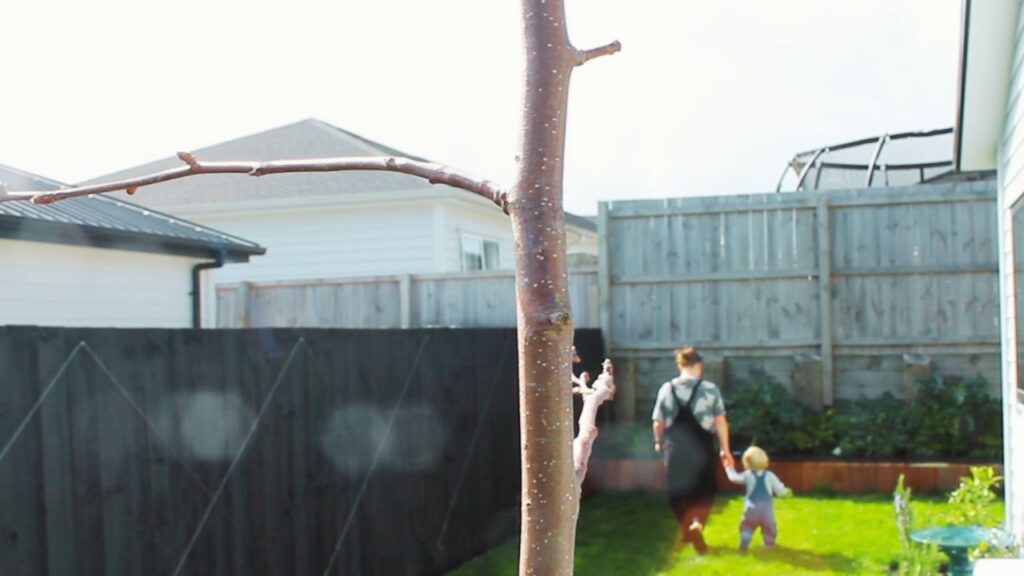
The lessons learned in the garden extend into the rest of family life. Toddlers who experience gardening often carry that sense of rhythm and responsibility into play, rest, and mealtime. Calm days aren’t created by rigid schedules but by weaving simple, grounding activities into your rhythm – and gardening is a beautiful example of that.
Even if you don’t have outdoor space, you can adapt these ideas indoors. A few pots on a sunny windowsill, sprouting seeds in jars, or growing microgreens can bring the same joy and rhythm into your home.
Planting Seeds for Calm Days
Learning how to start gardening with your toddler isn’t about becoming a perfect gardener or producing baskets of food. It’s about connection – to your child, to the earth, and to the rhythm of the seasons. By leaning on Waldorf philosophy, you’ll find that gardening becomes more than an activity. It becomes a grounding ritual, one that creates calm days and deepens your family’s flow together.
So grab a small trowel, choose a few simple plants, and step outside with your toddler. The garden is waiting, and the lessons it offers will last a lifetime. Learning how to start gardening with your toddler isn’t about creating perfect rows or a picture-perfect plot – it’s about slowing down, connecting with nature, and weaving simple rhythms into your family flow.
If you’d like to take the next step, here are some free resources and ways to stay connected:
Tips for Crafting Your Own Weekly Flow – Download my PDF guide to help you create gentle rhythms and calm days with your toddler.
Watch the Video – See this blog come to life in my YouTube episode: Gardening with Toddlers | Waldorf-Inspired Nature Play & Family Rhythms.
Stay Connected – Subscribe to my newsletter for weekly inspiration on family wellness, seasonal rhythm, and calm days with toddlers. You’ll also be the first to know when new freebies and videos are released.

[…] fact, if you’d like to see how I involve my toddler in gardening, check out my related post: How to Start Gardening with Your Toddler | Waldorf Philosophy for Calm Days. These two posts go hand-in-hand – first, we grow the food together, then we enjoy it around […]